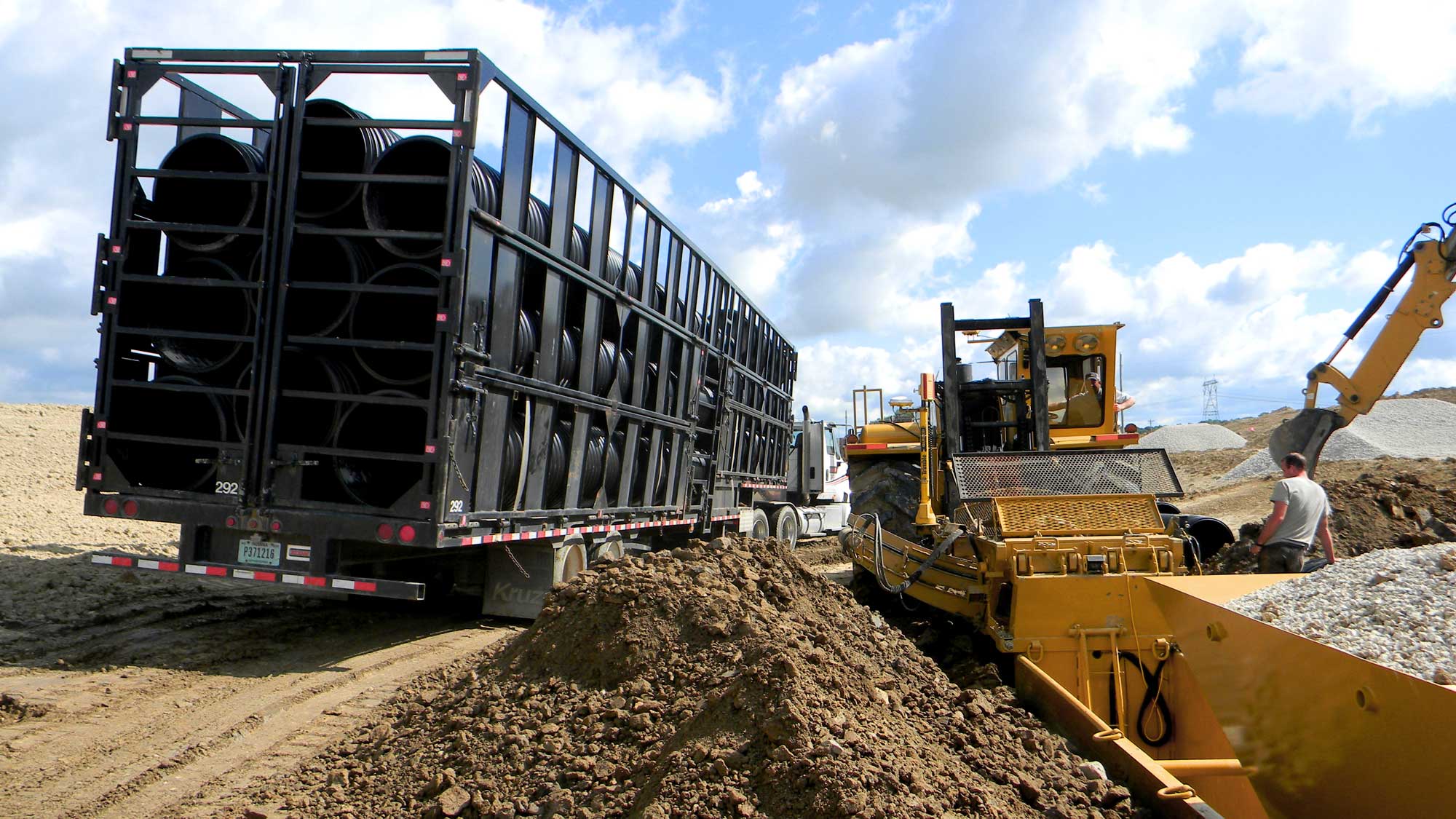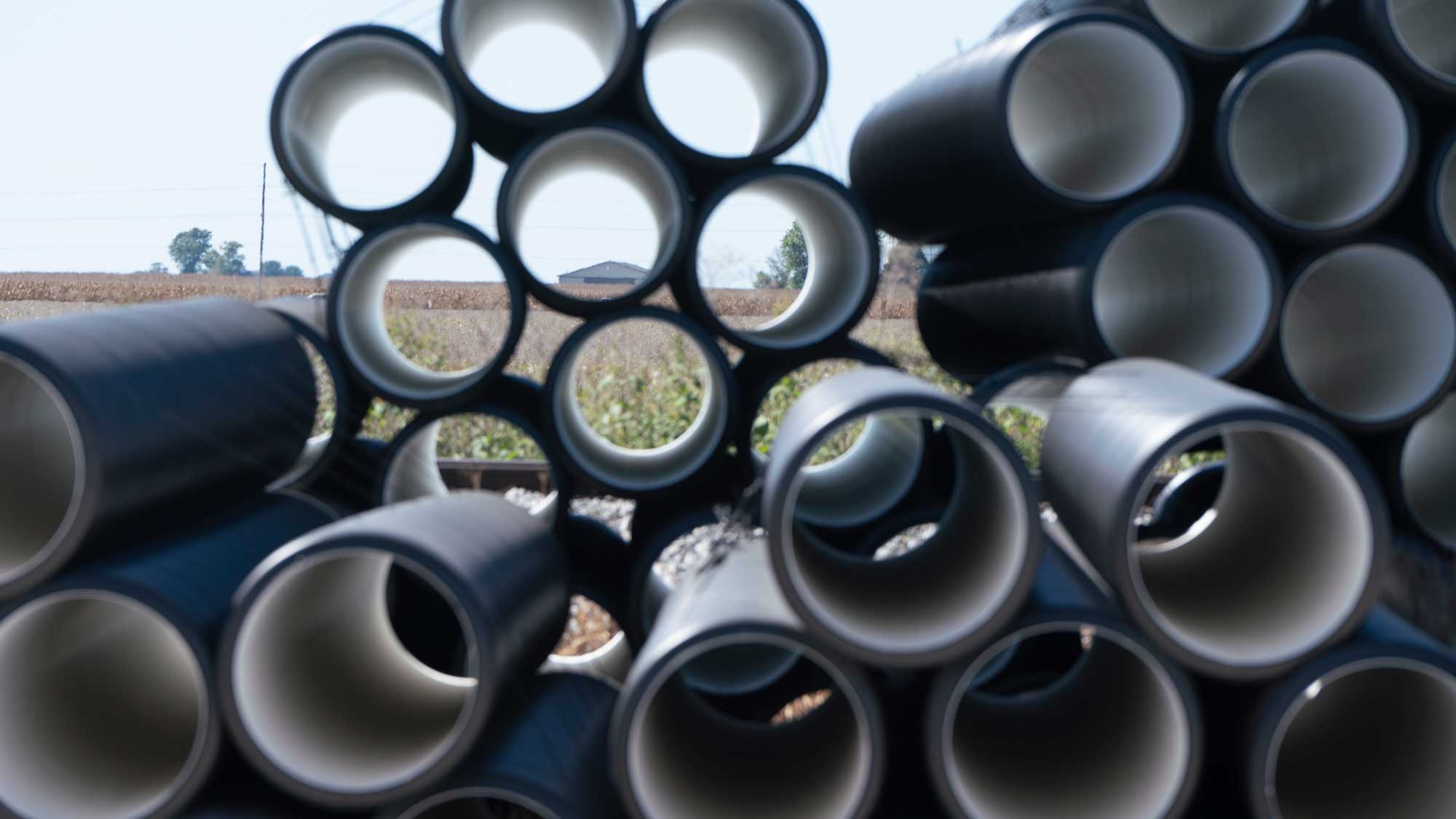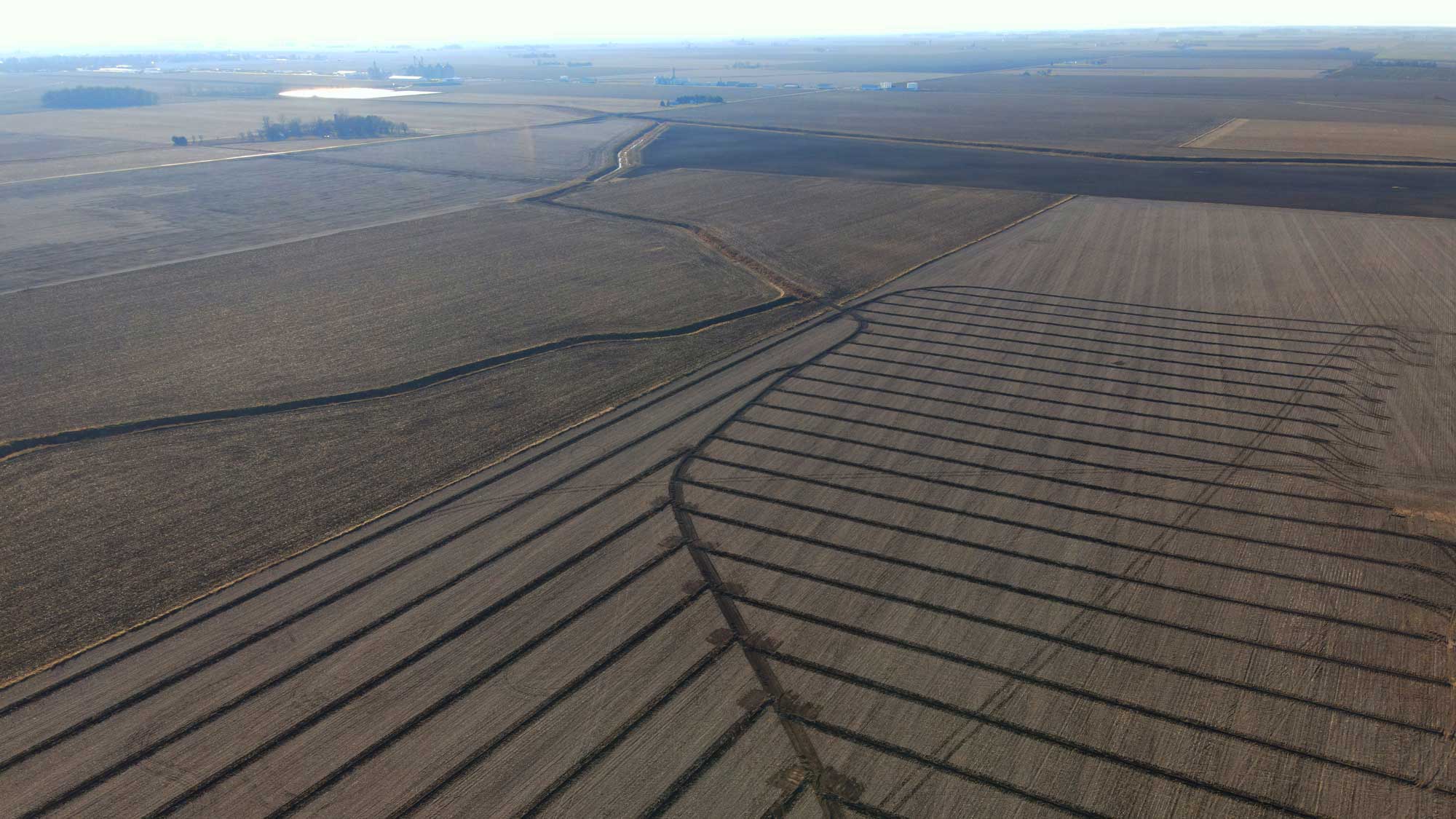As seen in the Tried & True Spring 2020 issue
In a world where the conservation of resources is becoming increasingly important, supporting the mission of experts is going to be the key to ecosystem productivity, wildlife survival, environmental biodiversity and, in the drainage realm, farming success. The Agricultural Drainage Management Coalition (ADMC) was established to promote this exact mission, and Fratco is proud to be an active member in supporting this important cause.
ADMC was formed in 2004 and serves as a resource for educating the public on the latest technologies in drainage water management systems. They aim to assist the agricultural and environmental communities by promoting practices that improve water quality and increase yields for food and energy producers. ADMC works at the local and state level to educate farmers, drainage and conservation groups as well as local, state and federal authorities to build an understanding of the latest drainage water management systems. In addition to controlled drainage, the organization promotes the use of other practices that improve water quality and agroeconomics, including saturated buffers and refined bioreactors.
“[We do] a little bit of everything. Starting with practice development, which involves finding these practical solutions that work in the landscape with our production systems and provide environmental benefits at the same time,” said Keegan Kult, the executive director of ADMC. “Once we have a good grasp on these practices, we begin educating people about them.”
On the education side of their work, ADMC offers training programs and workshops to inform and promote conservation practices. The types of people you see at these events range from water conservation district staff, farm managers, drainage contractors and sales representatives of drainage pipe manufacturers. This past year, ADMC facilitated activities at a two-day workshop for advanced conservation drainage training, which was organized by the Illinois Nature Conservancy. As highly-organized events like these increase in frequency, so will awareness of the environmental issues at play and best practices to hinder them.
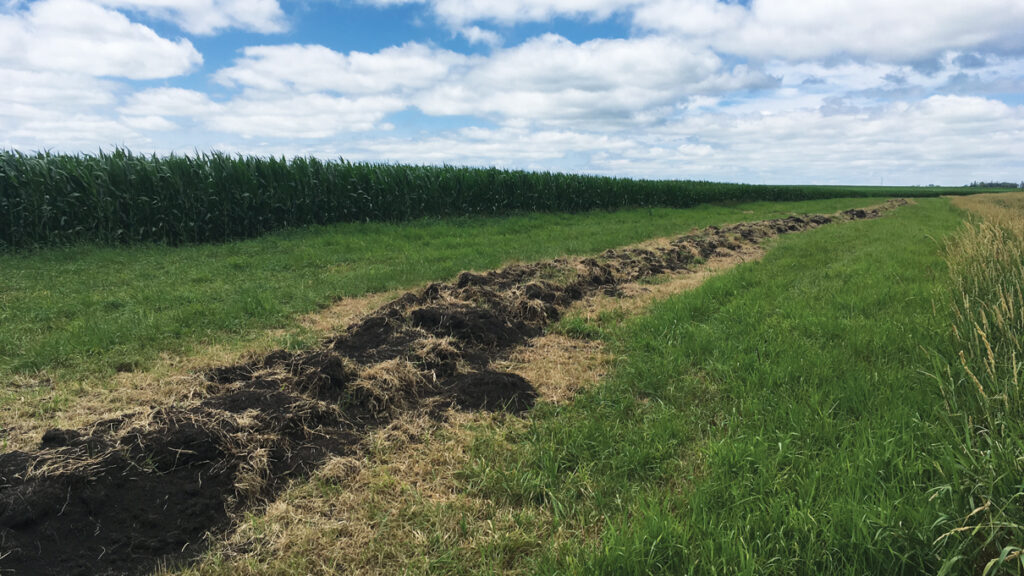
The goal is to raise awareness for these practices to have them recognized as important and valuable in the industry. Then, companies can have candid conversations with their customers and clients, allowing them to make an informed choice when it comes to conservation practices.
ADMC also provides educational services to customers of companies who are involved with their programs to help explain the importance of these practices and the impacts they have.
“I really look at it as being the advocate for these conservation practices,” said Kult. “Just because we have a list of these practices that we know will work well in the landscape doesn’t mean that anybody is really picking up the charge to get them out there. It’s becoming more relevant that there’s increased pressure to start implementing these practices at a meaningful scale. It’s important for somebody to take that charge and that’s what ADMC is attempting to do.”
While raising awareness for these practices is a hurdle in itself, convincing landowners to front the cost for implementing them is another beast entirely. Kult explained that this is easier done with structural changes such as controlled drainage and drainage water management since those practices can illustrate their benefit through increased yields and higher profits. Saturated buffers and bioreactors on the other hand involve less personal impacts and instead have wider implications for national and even global water quality, which make them harder to sell. That said, part of ADMC’s work involves finding the most attractive financial aid packages for landowners. And by combining state and federal programs together, ADMC is often able to obtain 100% cost share for landowners to implement these practices, which is something they are very proud of.
As a voice of authority in the field, ADMC understands that actions taken in the midwest have a ripple effect, and can have bigger ramifications nationally.
Right now, a major concern for the organization involves looking into the effect the Corn Belt region has on the Gulf of Mexico through the Mississippi River. For coastal waters, hypoxia, or low oxygen levels, tends to be a topic of great concern. To help address this issue, a hypoxia task force has been created to set nutrient reduction strategies for states within the basin.
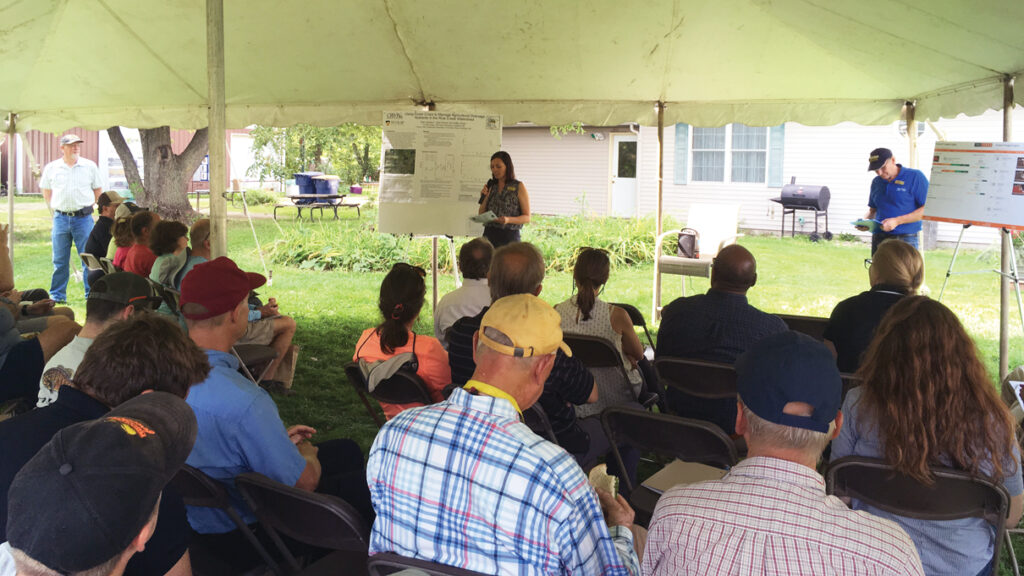
Concerns that hit a little closer to home in the Midwest involve water conservation efforts in the Great Lakes, especially the western Lake Erie basin. Without a national regulatory approach in place, each state is addressing resource concerns differently, making the work that ADMC does all the more important in order to align strategies.
ADMC is always open to new members and encourages people to get involved with their mission when and where they can. They strive to connect farmers and landowners with resources in regards to funding that make conservation more accessible and are excited about a number of new projects they are kickstarting in Iowa in the near future. There is power and strength in numbers, so the more people they can rally behind their cause, the closer they become to fulfilling their important mission.
Visit admcoalition.com









